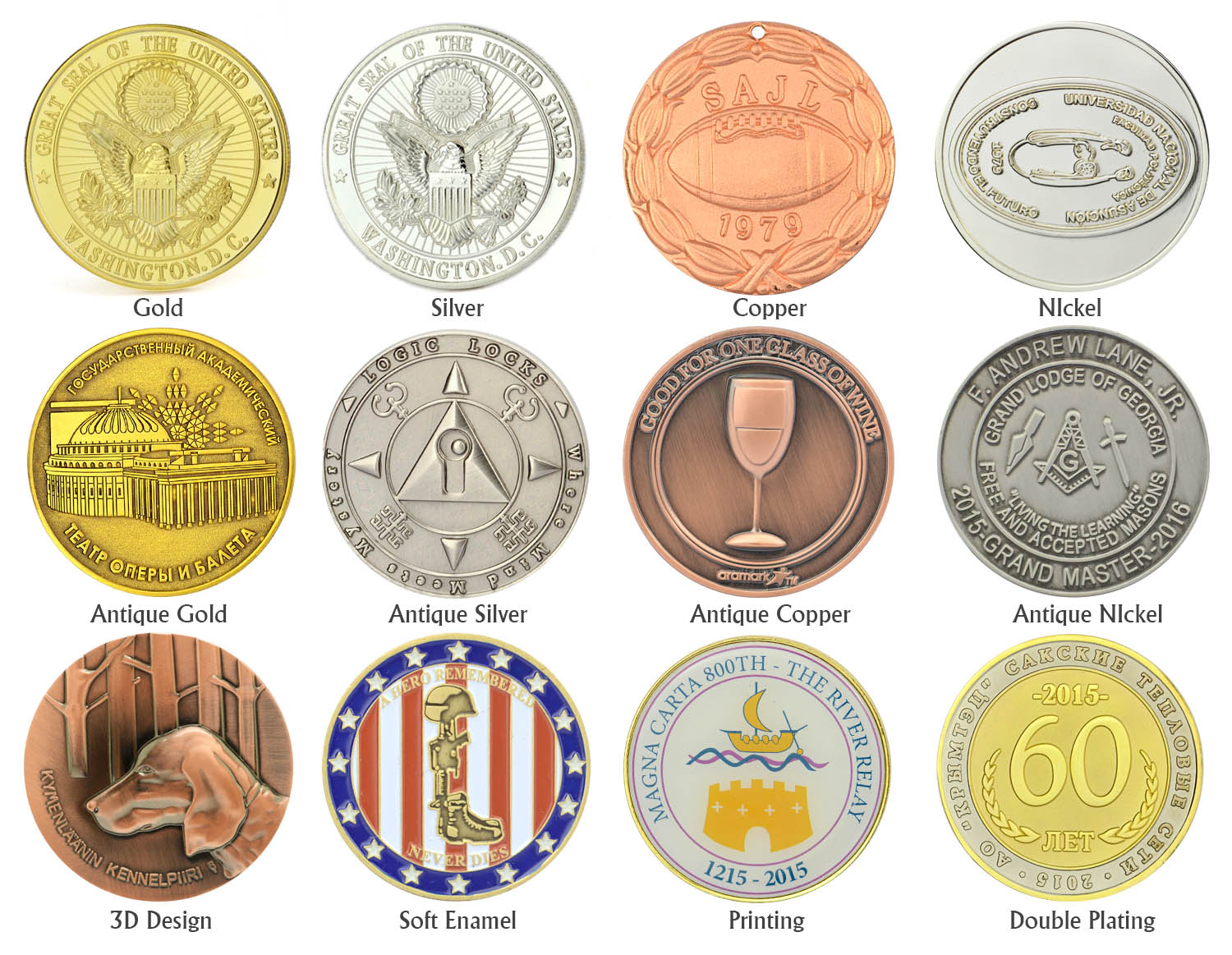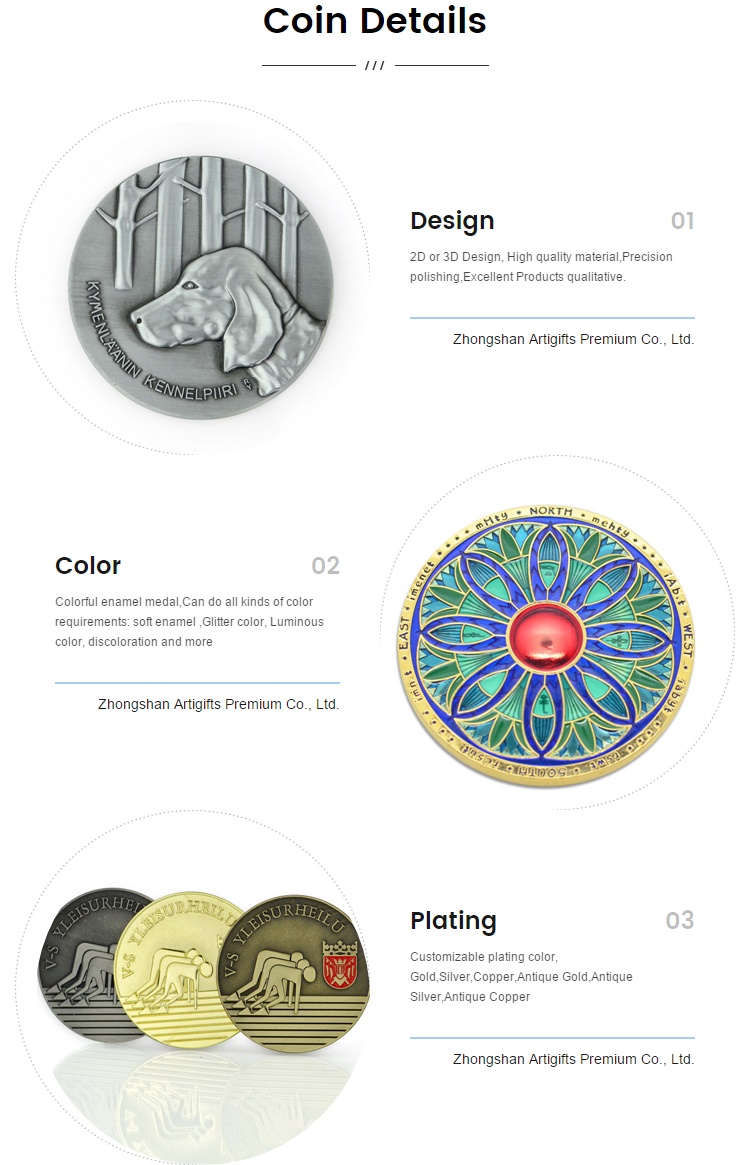You can share
- Share to Facebook
- Share to Google+
- Subscribe to our
- Share to Linkedin
- Share to Twitter
You can share


Introduction to Commemorative Coins
Commemorative coins are special coins that are minted to celebrate or remember historical events, people, places, and institutions. This article provides a comprehensive introduction to commemorative coins, including their history, features, production process, and collecting. Readers will gain a better understanding of the importance of commemorative coins in numismatics and their role in preserving history.
History of Commemorative Coins
The history of commemorative coins can be traced back to ancient times when rulers would issue coins to commemorate their victories in battles or to honor their ancestors. For example, the Roman Empire issued coins featuring the emperor's triumphs, while Byzantine leaders issued coins featuring their achievements in governance and military conquests.
In more recent times, the first modern commemorative coin was issued by the United States in 1892 to mark the 400th anniversary of Christopher Columbus' arrival in America. Since then, commemorative coins have become more widespread and are often issued by governments, central banks, and private organizations.

Features of Commemorative Coins
Commemorative coins come in various sizes, shapes, and materials. They can be made of precious metals such as gold, silver, and platinum, or base metals like copper, nickel, and zinc. Some commemorative coins have unique features such as color, holograms, or embedded objects.
Commemorative coins often have a limited mintage, meaning only a certain number of coins will be produced, making them rare and valuable. Many commemorative coins also have a denomination or face value, which distinguishes them from medals.
Production Process of Commemorative Coins
The production process of commemorative coins is complex and requires much expertise. Designers create the coin’s design, which is then engraved onto a metal die using specialized equipment. The die is then used to strike the coin’s image onto a blank piece of metal, creating a partially finished coin called a "planchet". The planchets are then subjected to a series of heating, cooling, and stamping processes that create the final design and finish of the coin.
The finished coins undergo a series of quality checks to ensure their accuracy, consistency, and durability. Finally, the coins are packaged and released to the public.

Collecting Commemorative Coins
Collecting commemorative coins is a popular hobby around the world. Collectors can acquire coins individually or in sets, and there are many resources available to learn about the history and significance of each coin.
Commemorative coins can be purchased directly from the mint or through coin dealers and online auctions. The value of commemorative coins depends on factors such as their rarity, condition, and historical significance.
Conclusion
Commemorative coins are an important part of numismatics and offer a unique way to remember and celebrate historical events and figures. As a commemorative coin manufacturer, you play a valuable role in preserving history and creating beautiful collectibles that will be cherished for years to come.
